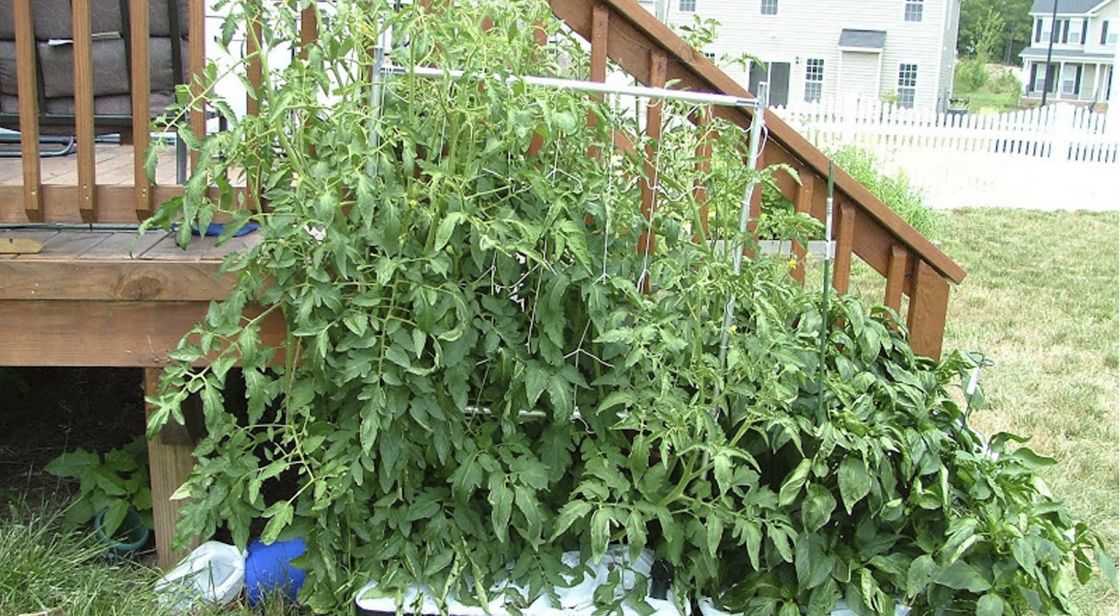This is an ongoing discussion of initiatives you can incorporate into your daily lives to have a greener, healthier and happier lifestyle. As director of sustainable design at KSS, I am constantly looking for sustainable design elements and technology we can incorporate in our buildings. We have several projects that have achieved or are registered for LEED certification from the USGBC.
However, I wanted to make these LEED principles useful for the everyday homeowner or renter. The first topic I’m covering is Site and Transportation.
- Try to buy local products when available. Inquire and read packaging to find out from where the products are coming. Seek out local farm markets and local stores for dairy, vegetables, cheese, and other products. Town newspapers often list local farm markets and events.
- Start a vegetable and/or herb garden. If you don’t have the room, you can incorporate container plantings. Your town may also offer community plots where you can rent or have access to a plot in a community garden. Having your own vegetable garden eliminates transportation costs, and you have the ability to control the ‘processing’.
- Start composting. Less waste means less stress on our landfills and you’ll have high-quality and free fertilizer.
- Eliminate power equipment in the garden. Turn the soil over with a shovel: As an added bonus, you will also burn calories! Use a rake in the fall, use a shovel in the winter. No power blowers, which not only waste energy, but also create significant noise pollution.
- Plant native or adaptive plantings, limit conventional turf, which can require more water for maintenance because it’s non-native, and consider drought tolerant plants.
- Manage exterior light fixtures so they do not shine into adjacent properties; be mindful of both excessive light pollution and neighborhood safety.
- Rent or buy a home close to work, reducing commuting costs and emissions.
- Find a job close to your home (see item above).
- Find alternative public transportation to work once a week, such as bicycling or a bus, or join a carpool.

